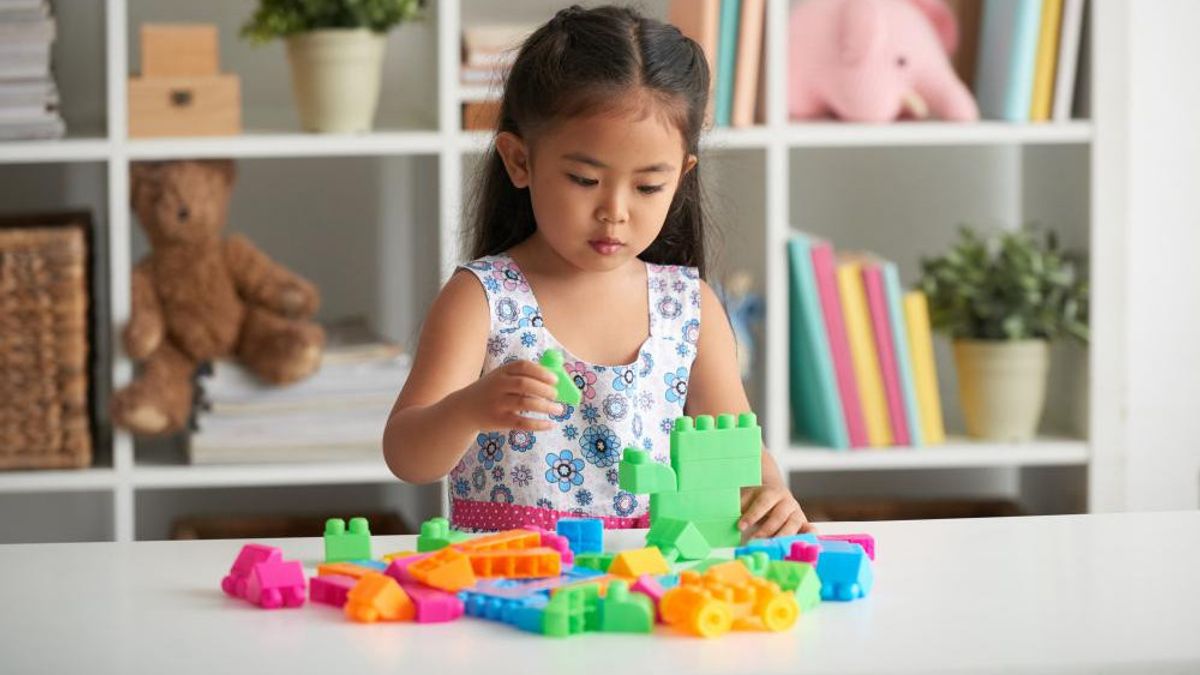YOGYAKARYA sensory ability is one of the important aspects in children's growth and development. Sensory skills are related to emotional intelligence, cognitive development, and physical. Therefore, it is important to stimulate children's sensory abilities in order to recognize and explore the surrounding environment during their growth and development period. So, what children's sensory abilities need to be stimulated?
Please note, sensory abilities are skills that a child has to use the senses of his body.
Summarized from various sources, Sunday, July 7, 2024, the following are seven types of child-based sensory abilities that need to be stimulated in order to function and develop optimally.
1. Touch or touch (taxile)
Touch is a sensory system that first develops in a child. This sensory is related to the Indera peraba function.
This sensory system has the following function:
To stimulate Indera peraba, here are some things that can be done:
2. Hearing (auditory)
The basic sensory ability in the next child is the sense of hearing or auditory. This sensory system has developed since the gestational age of 28 weeks. In the first 12 months, children's hearing and response began to develop, especially at the age of 2-6 months.
The function of this sensory capability, namely:
Some of the stimulations that can be done to train this sensory ability, namely:
また読む:
- https://voi.id/lifestyle/396685/5-cara-mengatasi-mimpi-buruk-yang-mengganggu-tidur-malam-anda
- https://voi.id/lifestyle/396589/kapan-waktu-yang-tepat-minum-teh-lemon
- https://voi.id/lifestyle/396607/makanan-yang-dapat-memperpendek-umur
- https://voi.id/lifestyle/396639/mengenal-kebo-bule-keraton-solo
[/see_also
3. Smellers (olfaktori)
This sensory ability needs to be honed when the child is 1 year old. In this phase, the child already chooses the food he likes and dislikes.
The sensory abilities that will be owned by the child through the sense of smell include:
The stimulations that can be done include:
4. Taste or taste (gustatori)
The tasteer serves to recognize the taste of what enters the mouth and comes into direct contact with the tongue.
With a sense of taste, children can have the following sensory abilities:
The stimulation of a sense of taste that can be felt, among others:
5. Vision (visual)
This child's sensory basic ability is related to cognitive development, memory, and recognition capabilities.
With vision, children can have the following sensory abilities:
To stimulate this capability, several things can be done include:
6. Balance (vestigular)
Adequate balance capabilities that develop well can prevent children from feeling nauseous or dizzy when moving normally. In addition, children can also learn to sit, crawl, stand, and walk by understanding the sensation of gravity.
Through a vestibular system, children can have the following sensory abilities:
Indra-equilibrium stimulation that parents can do to their children, such as:
7. Muscle and joint movements (propioceptive)
This sensory system plays a role in processing muscles, tendons, and joints. With a provocative sense, the child can know the position of the body and how the body moves.
In addition, this sense also functions to regulate emotions and win children.
Stimulations that can be done to train this sensory ability, namely:
That is the answer to any child's sensory question. Hopefully this article can add insight to the loyal readers of VOI.ID.
The English, Chinese, Japanese, Arabic, and French versions are automatically generated by the AI. So there may still be inaccuracies in translating, please always see Indonesian as our main language. (system supported by DigitalSiber.id)













